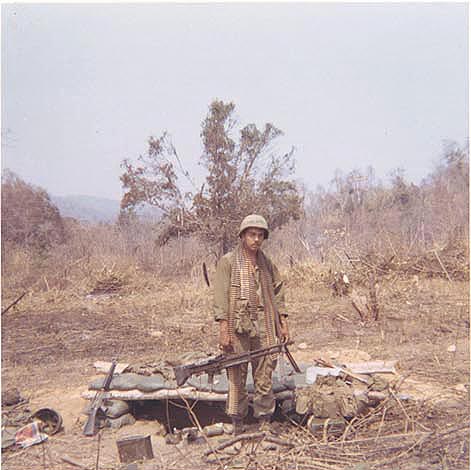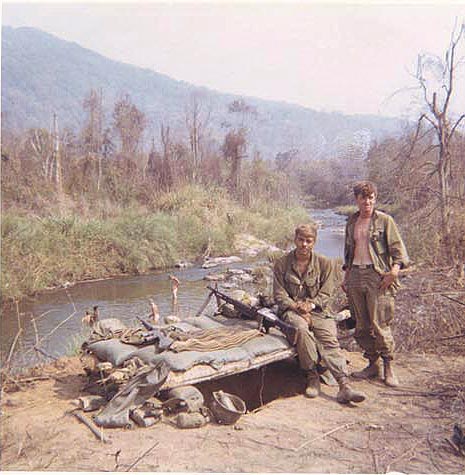|
Plei Trap Valley - Light
Resistance
The combined force expected armed ground NVA reaction.
However, resistance was light. The CSF Company in the south on the road had
two equal-sized contacts while Task Force North had none of significance.
Undoubtedly, the preparation of the area and the air cover provided
throughout the operation discouraged the NVA. Surprise was another factor.
Neither the US Army nor the ARVN had operated in strength west of the two
firebases, and the insertion of a formidable ground force was probably not
expected. In any event, although the NVA undoubtedly watched the entire
operation, the enemy made no serious attempt to interfere.
The CSF
companies, still accompanied by their US engineers, were extracted on 30
November, and the remaining US infantry-engineer elements were lifted out on
2 December. The two firebases were closed by 5 December.
The destruction of the bridges, ford sites, craters,
and fortifications presented no serious engineering problems and were
largely routine. However, the major abatis did require some additional
thought. Since the trees were huge, and without exception dead or dying, and
since they were typical highlands mahogany of unsymmetrical and varying
cross sections, they were not vulnerable to the standard explosive charge
formula. The formula was modified to recognize the reduced charge required
to fell a dead, sapless tree.
|

Greg Rollinger Machine Gunner Plei Tap Valley 1969 Thank God for
Machine Gunners |

Greg Rollinger and assistant machine gunner Harold Proctor Plei Trap
Foxhole
|